China and India trade blame over border clash as new details emerge of violent hand-to-hand combat
Twenty Indian soldiers were killed and 35 Chinese troops injured or dead in a border dispute between the two nations. But no bullets were fired.
New details have emerged about the violent combat that broke out between Chinese and Indian forces along their disputed border in the Himalayan Mountains this week.
At least 20 Indian soldiers were killed and as many as 35 Chinese troops are estimated to be injured or dead after the two sides clashed in the Galwan Valley in the western part of the Himalayas on Monday.
Indian media has reported that the fighting broke out after Chinese troops were found inside an agreed “buffer zone” near the Line of Actual Control (LAC), which separates the two nuclear powers.
However, China claims it was Indian forces who crossed the border.
When an argument broke out, the two armies, who were not armed, reportedly began fighting fist-to-fist and with makeshift weapons including sticks, stones and iron rods.
The armies clashed for up to six hours, with hundreds of men jostling in the subzero temperatures on the steep and treacherous mountain terrain, Indian government sources have said.
Many of the soldiers who were killed, including one Indian commanding officer, plunged to their deaths after being pushed or stumbling over the high cliffs, the Times of India reported.
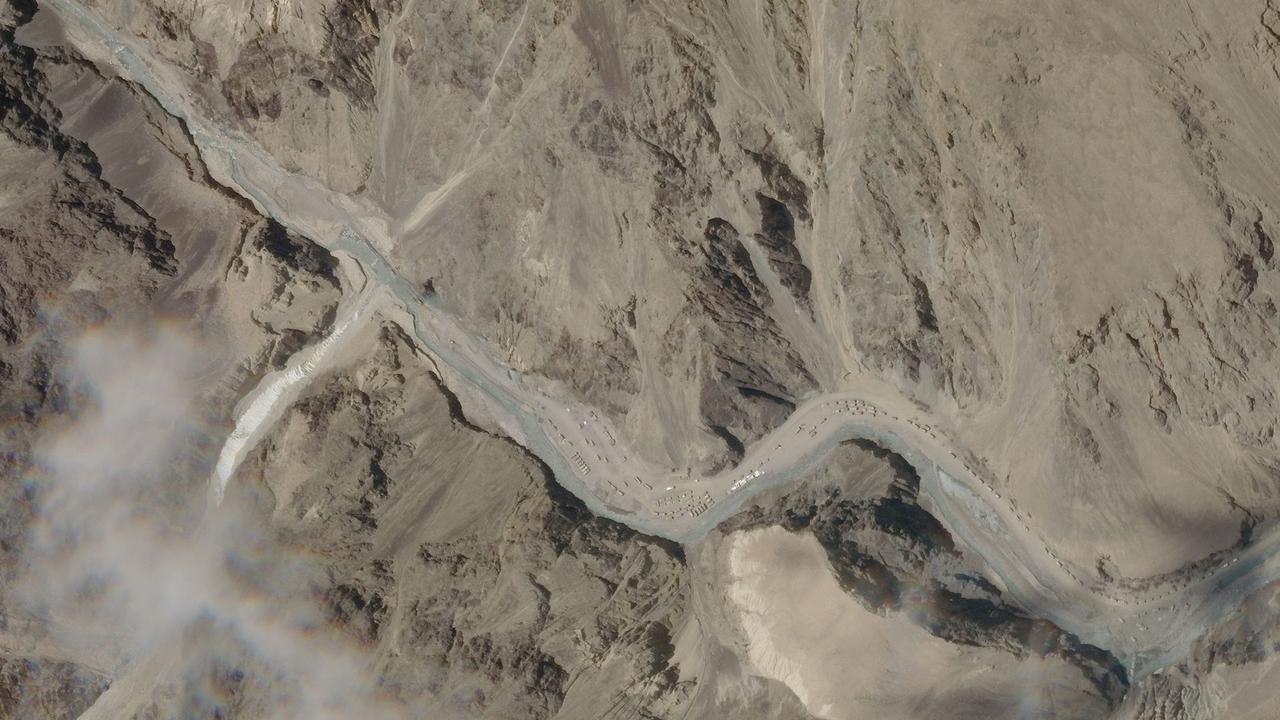

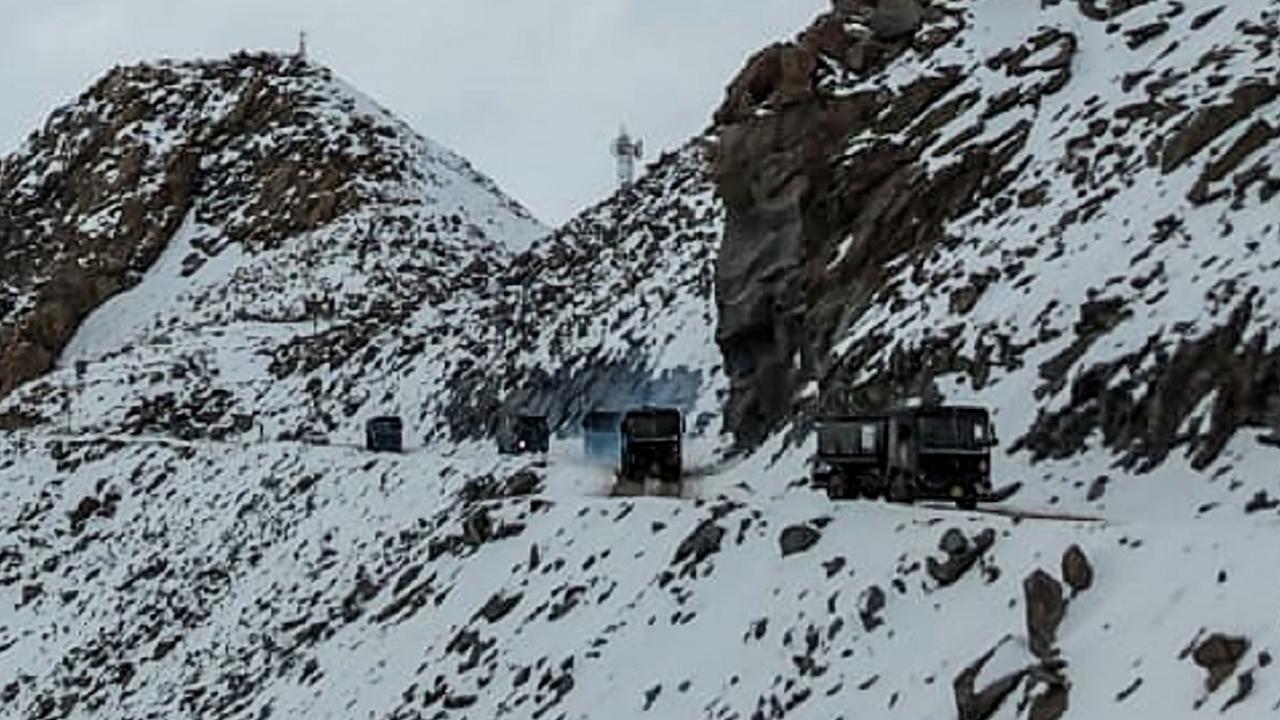
Indian prime minister Narendra Modi led a two-minute silence for the fallen soldiers as he addressed the conflict for the first time on Wednesday.
“I want to assure the nation that the sacrifice made by our soldiers will not go in vain,” he said.
“India’s integrity and sovereignty is supreme for us, and no-one can stop us from defending it. Nobody should have any iota of doubt about this. India wants peace. But on provocation, India will give a befitting reply.
“The brave sons of Mother India made the supreme sacrifice while protecting our motherland in the Galwan Valley. I salute them … In this difficult moment of grief, I express my condolences to the families of these martyrs. Today, the entire nation is with you. The country’s sympathies are with you,” he added.
RELATED: What sparked the battle on the China-India border?
RELATED: China-India border dispute could ‘spiral out of control’

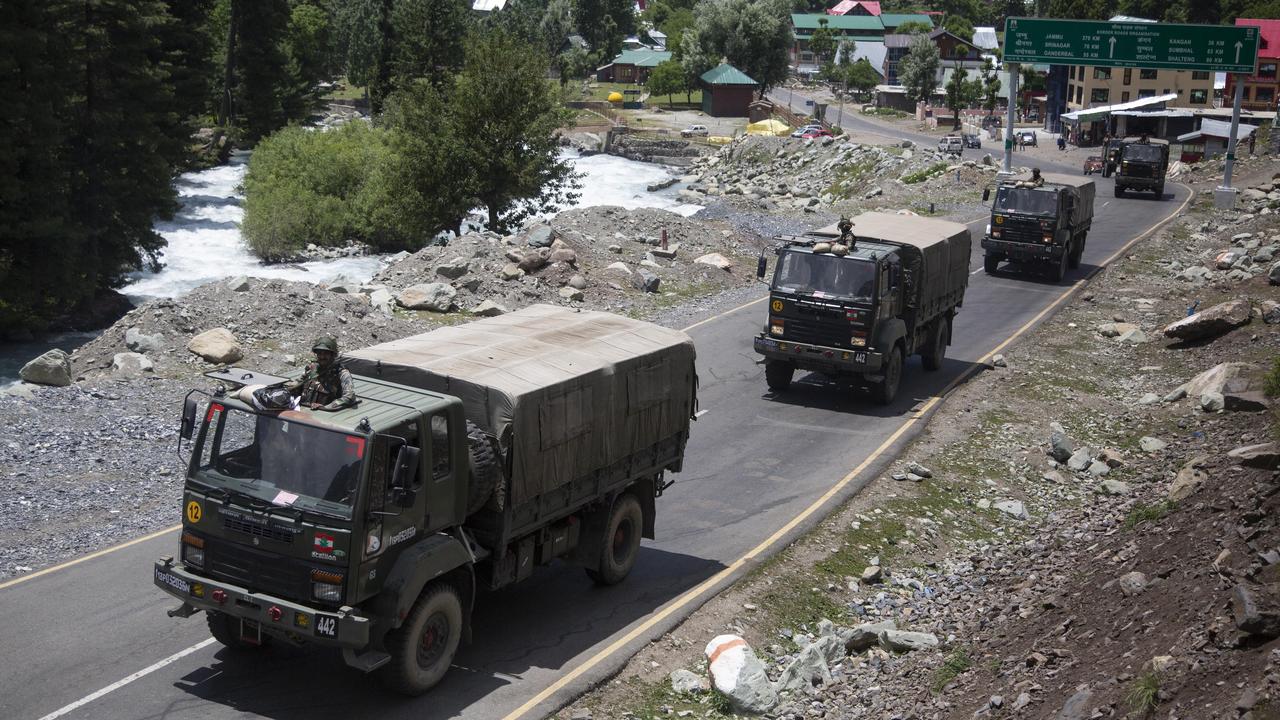
Meanwhile, China’s foreign minister has demanded that India punish those behind the clashes and warned New Delhi not to underestimate Beijing’s determination to safeguard what it considers its sovereign territory.
“The Indian side would best not make an incorrect judgment of the situation, would best not underestimate China’s strong determination to safety its sovereign territory,” Wang Yi said in a statement issued by the foreign ministry.
China has not yet confirmed any deaths, but Indian sources believe it suffered 35 casualties.
In a phone call, Mr Wang told his Indian counterpart, Subrahmanyam Jaishankar, that China wanted a thorough investigation.
PROTESTS IN NEW DELHI
The clash is the first deadly confrontation on the disputed border between India and China since 1975.
It has sparked protests in India, with a number of people gathering outside the Chinese embassy in New Delhi on Wednesday to demand a ban on Chinese goods.
They carried placards with crossed-out photographs of Chinese President Xi Jinping and the Chinese army.
A small group of retired Indian army personnel also marched close to the embassy with placards reading “Chinese army down.”


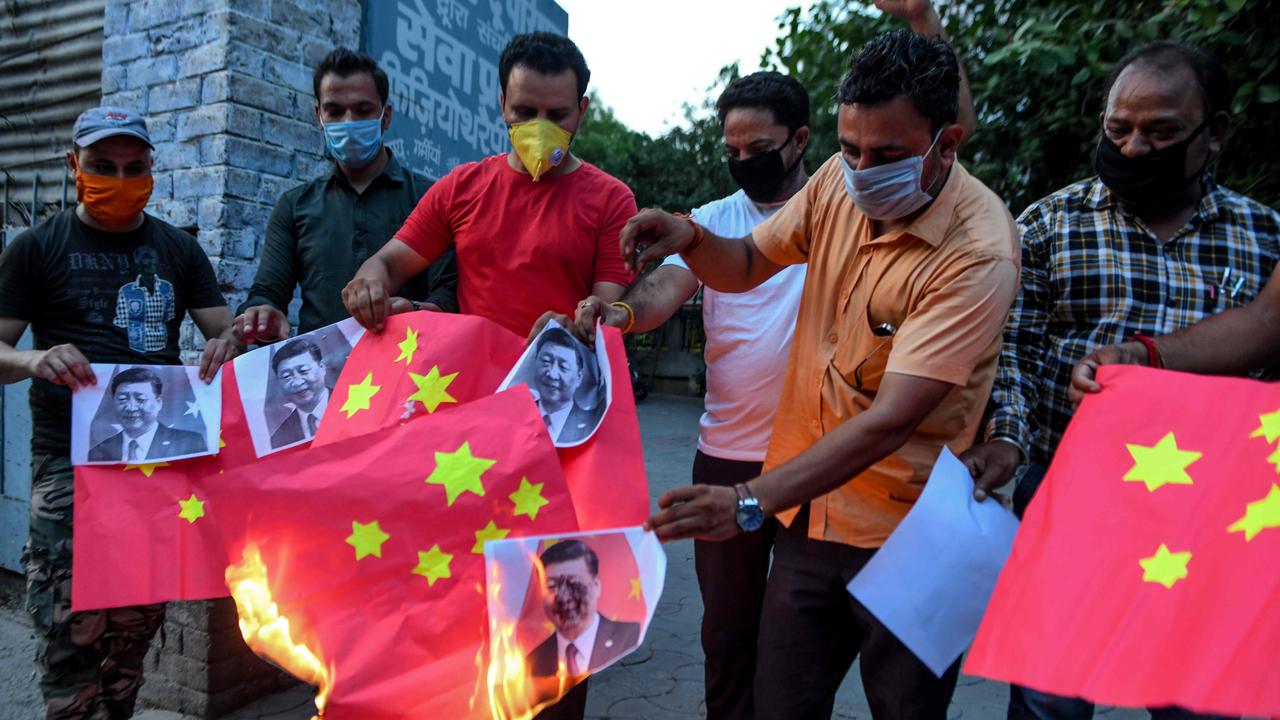
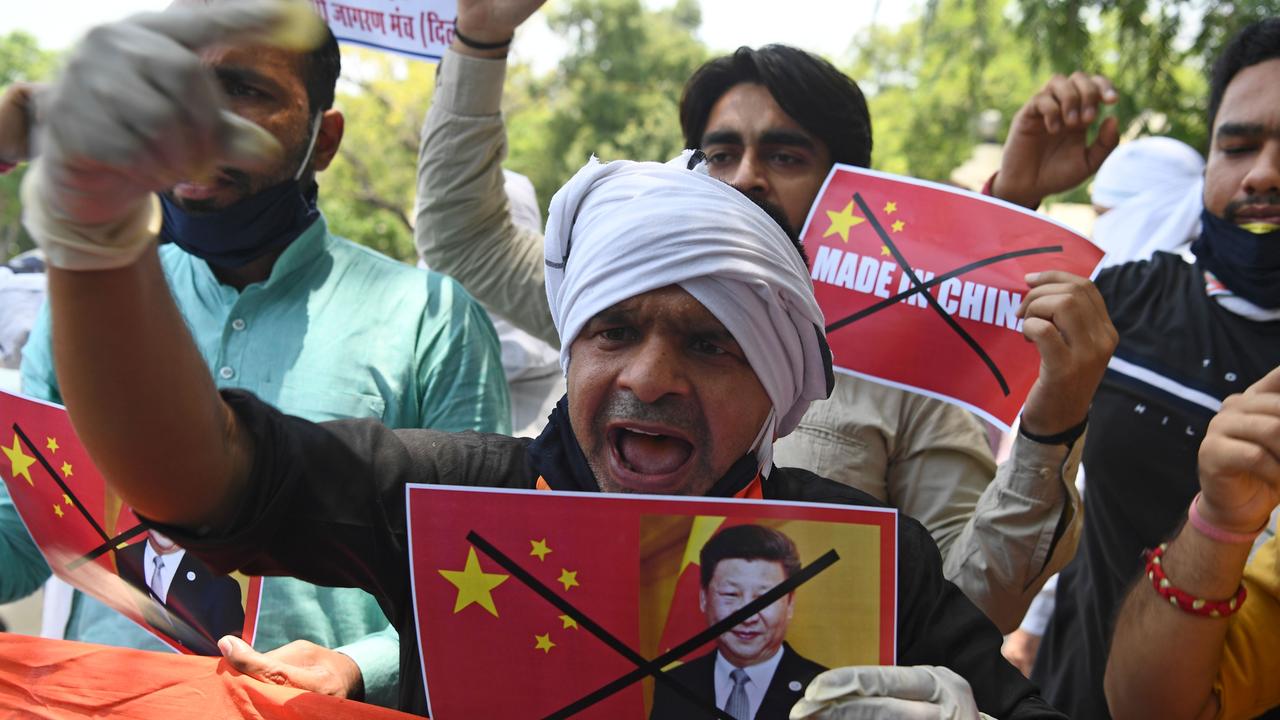
While experts say the two nations are unlikely to head to war, they also believe easing tensions quickly will be difficult.
“This will likely be a watershed moment in India-China relations and the geopolitics of the Indo-Pacific,” said Abraham Denmark, Asia program director at The Wilson Center think tank in Washington DC.
“Both countries are led by men who have embraced nationalism, and both countries are facing tremendous domestic and international upheaval as a result of COVID-19 and other longstanding problems.”
The main questions now are if either side can find a path to de-escalation and whether India’s allies such as the United States will help.
“It is a highly volatile and dangerous situation between two nationalistic, nuclear powers at a time when American influence has badly diminished,” Mr Denmark said.
– With wires



